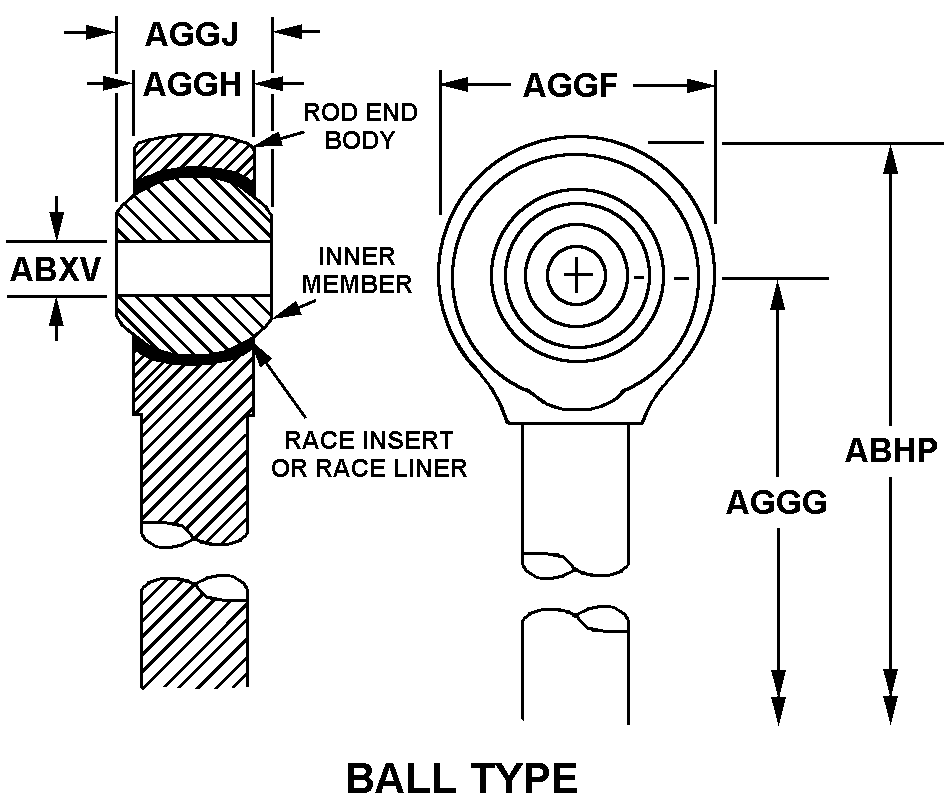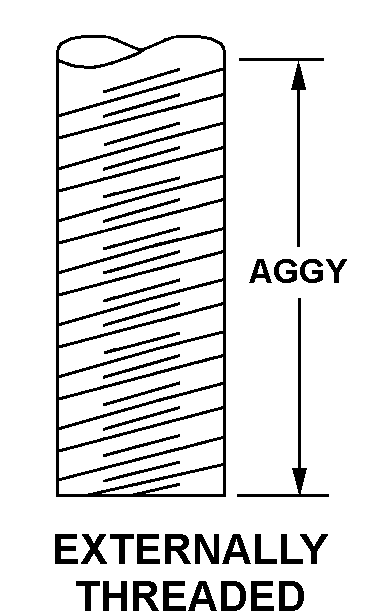3120001852275
Price Quote Get an up to date pricing and availability quote for this product. Order online or over the phone.
Quality Commitment
Serving our customers with quality and safety first.
- AS9120 Certified
- Audited supply chain
- ITAR Registered
- DDTC Registered
- HAZMAT Certified
- Customer service objectives
- Every product 100% inspected

3120-00-185-2275 Specification Set by the OEM (see RNCC code 3)
3a
RIGHT-Hand
externally threaded
3.0000in. ⁓3-1/64"
0.3745in. and 0.3750in.
grease
1.2500in.
2.3750in.
0.3170in. and 0.3270in.
0.4010in. and 0.4060in.
1.3750in.
7150 pounds
0.375in.
external lubrication fitting
24
60.0 rockwell c inner member
groove external inner member and perforation external inner member
keyway rod end
steel rod end body
cadmium outer race member
ball type
unf
Cross Reference Parts Part numbers that meet the specification outlined on this page and set by the OEM
Identification Item Identification Guide (IIG) and Item Name Code (INC)


Definition Definition of approved item name (AIN): "BEARING,PLAIN,ROD END"
A detachable assembly in or on which a journal, gudgeon, pivot, or the like moves. It is used to carry a load and to reduce sliding friction. It does not employ rolling elements. The outer member of the assembly is modified to provide a shank. The inner member may be either a plain spherical bearing or a sleeve bearing. Excludes bearing, plain, spherical and bearing, plain, self-aligning.
3120-00-185-2275 Material Hazmat, Precious Metals, Criticality, Enviroment, and ESD
Indicates there is no data in the hmirs and the nsn is in a fsc not generally suspected of containing hazardous materials.
Item does not contain precious metal.
Represents items with no adp components
The item does not have a nuclear hardened feature or any other critical feature such as tolerance, fit restriction or application.
Identification Codes
HMIC: Hazardous Material Indicator Code. A one position code that identifies a hazardous item.
PMIC: Precious Metal Indicator Code. A one position code which identifies items that have precious metals as part of their content. precious metals are those metals generally considered to be uncommon, highly valuable, and relatively superior in certain properties such as resistance to corrosion and electrical conductivity.
ESD: Electrostatic Discharge. Indicates if an item is susceptible to electrostatic discharge or electromagnetic interference damage. electrostatic discharge damage occurs when an accumulation of static electricity generated by the relative motion or separation of materials is released to another item by direct contact. electromagnetic interference damage occurs when an item comes into proximity with an electrostatic or magnetic field.
ENAC: Enviromental Attribute Code. Identifies items with environmentally preferred characteristics.
CRITL: Criticality Indicator Code. Indicates an item is technically critical by tolerance, fit, application, nuclear hardness properties, or other characteristics.






